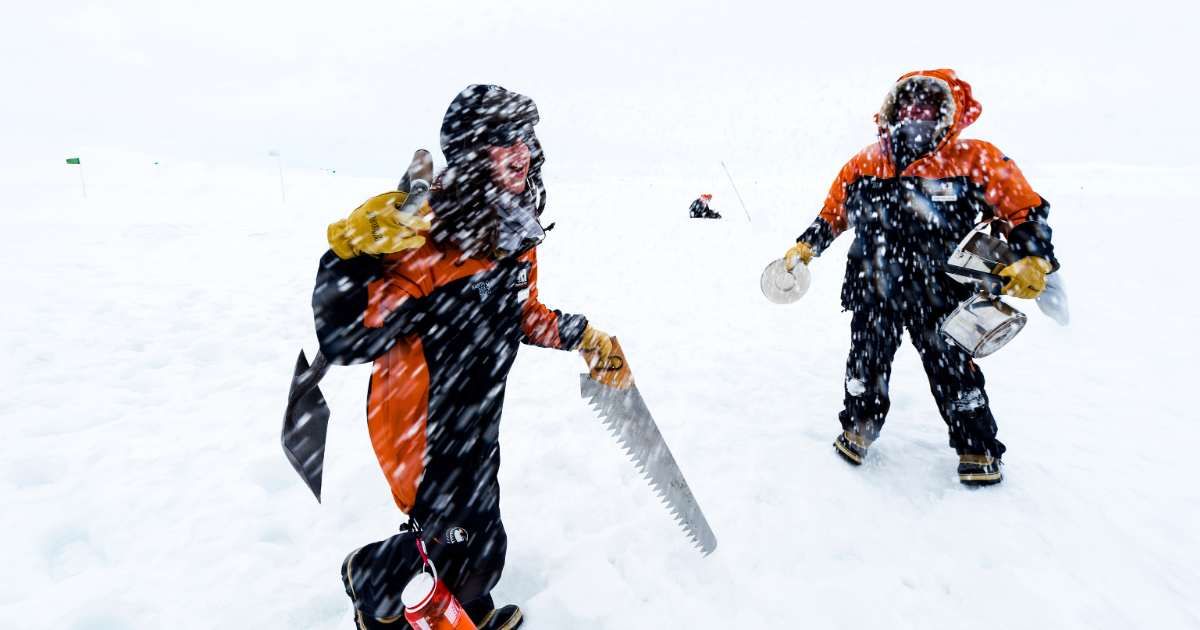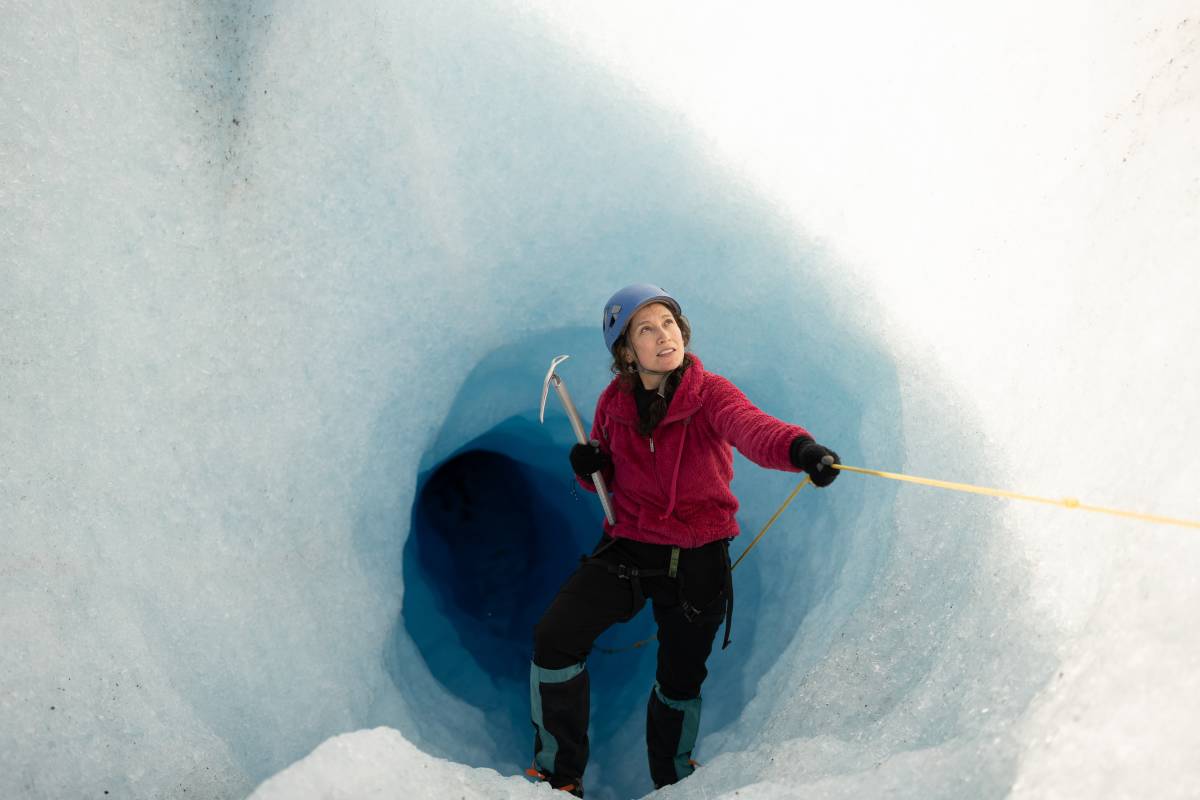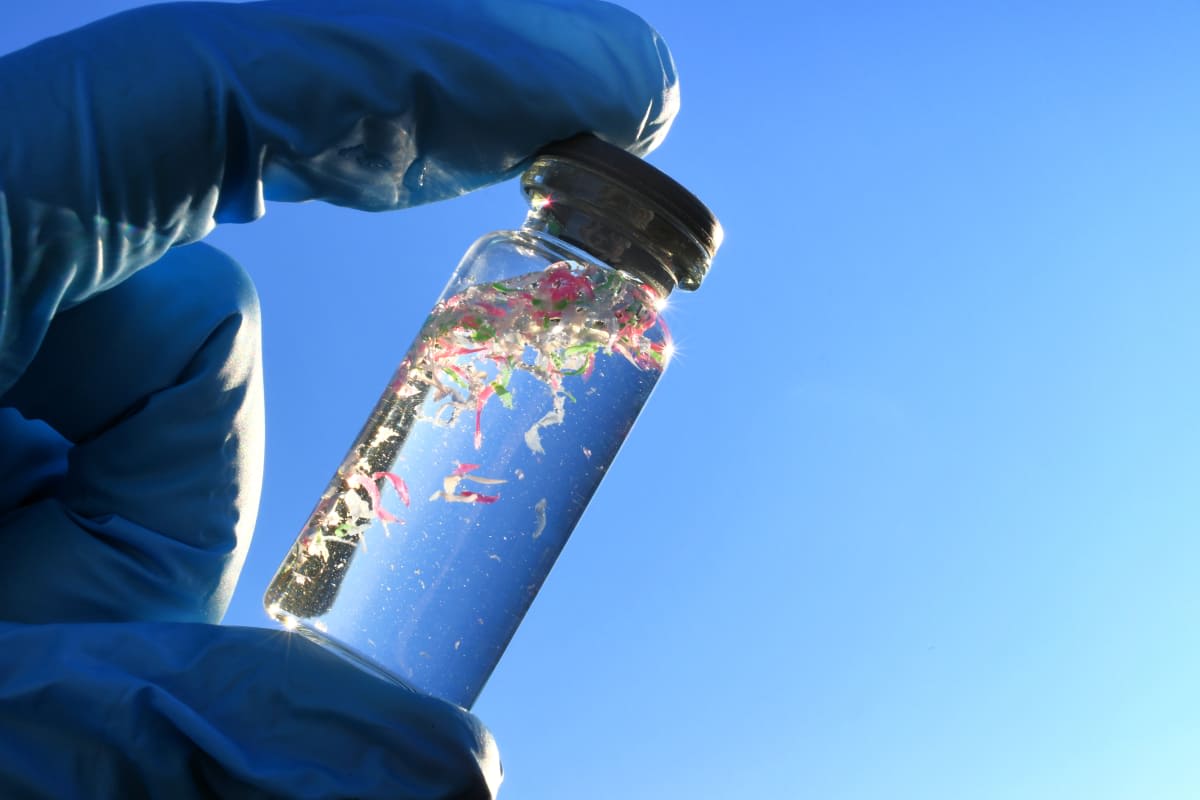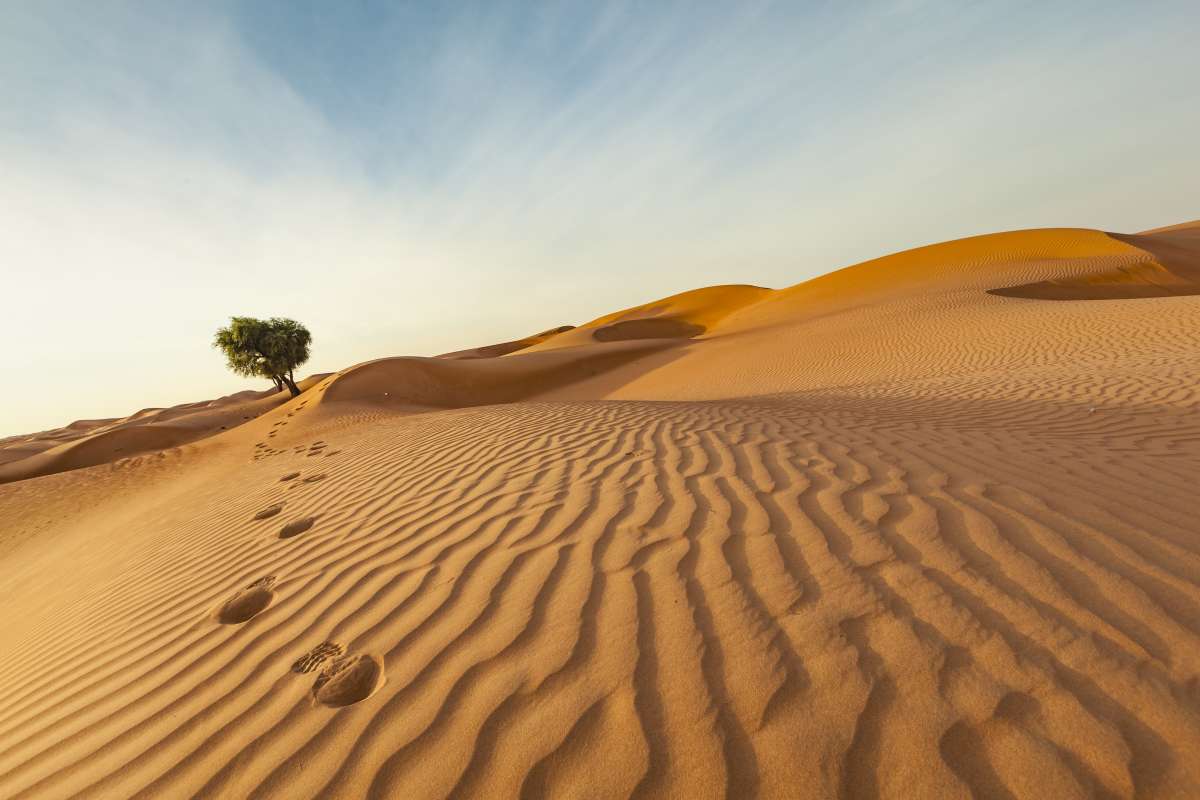‘Is It Snowing Plastic in Antarctica?’ Explorer Reveals the Grim Reality Found in a Remote Location

The wonder material, plastic, was all the rage a few decades ago. Now, it’s destroying the planet. Humans cannot figure out how to dispose of plastic once used, and a majority of it ends up in landfills or is dumped into the ocean. While there have been traces of plastic in extreme locations across the globe, say, the deepest Mariana Trench in the Pacific or the highest Mt. Everest peak, it has now infiltrated remote places never stepped on by humans. Explorer Alan Chambers packed up tins of snow to take back to a research lab, where it was analyzed to reveal a shocking fact. The researchers discovered traces of plastic in the snow samples from the middle of Antarctica, as reported by CNN.

Explorers find plastic in remote Antarctica

Polar explorer Chambers headed to the geographic South Pole, skiing from the Hercules Inlet on the coast of Antarctica. He was accompanied by fellow explorer and former Royal Marine Dave Thomas. After two long months of skiing 715 miles, the explorers returned with a sled full of supplies, equipment, and snow samples in a bid to prove their suspicion about plastic in Antarctica. “Each evening I’d get on my hands and knees, lie on my belly upwind from the camp and scrape the snow at minus 35 to fill the tins, which we then logged and photographed,” Chambers told the outlet.

The expedition, part of Mission Spiritus, was done in partnership with climate scientists at Columbia University to map and study the spread of microplastics and nanoplastics across the globe. Chambers aspired to collect samples from remote locations on every continent and reveal unknown information about how microplastics are reaching every corner of the planet. "The researchers found some traces of plastic in (samples from) the middle of Antarctica. The only way it can get there is the wind system," Chambers said, adding, “Is it snowing plastic in Antarctica?” The first expedition wrapped in January 2024.
The future of Mission Spiritus

While his first endeavor across Antarctica revealed thrilling results, Chambers and the climate scientists have curated a wishlist of future locations he is set to travel to collect samples for the project. In 2025, the explorer once again set out to map the spread of microplastics in a 26-day expedition through Oman’s Empty Quarter, the world’s largest sand desert. They aimed to collect 52 sand samples, complete with geotags, and also logged the weather conditions, temperature, and wind direction of the location to retrieve accurate information.
Chambers explored and took samples from all 18 of the main Faroe Islands. However, the only aspect limiting the project is funding. If Chambers and his team can raise $1 million more in funding, the explorers will head to the Atacama Desert in Chile in 2026 to collect samples from the nonpolar desert. “Most important is to raise awareness of the prevalence of harmful plastics in our environment, air, and water,” said Maureen Raymo, G. Unger Vetlesen Professor of Earth and Climate Sciences at Columbia’s Lamont-Doherty Earth Observatory. Making Viral shared how Chambers scaled the extreme locations in Antarctica to find microplastic pollution.
More on GreenMatters
Scientists Tested 20-Year-Old Plastic From The Ocean Depths — and Made a Disturbing Discovery
Scientists Find the Biggest Source of Microplastic Pollution — and It’s Not Straws or Grocery Bags